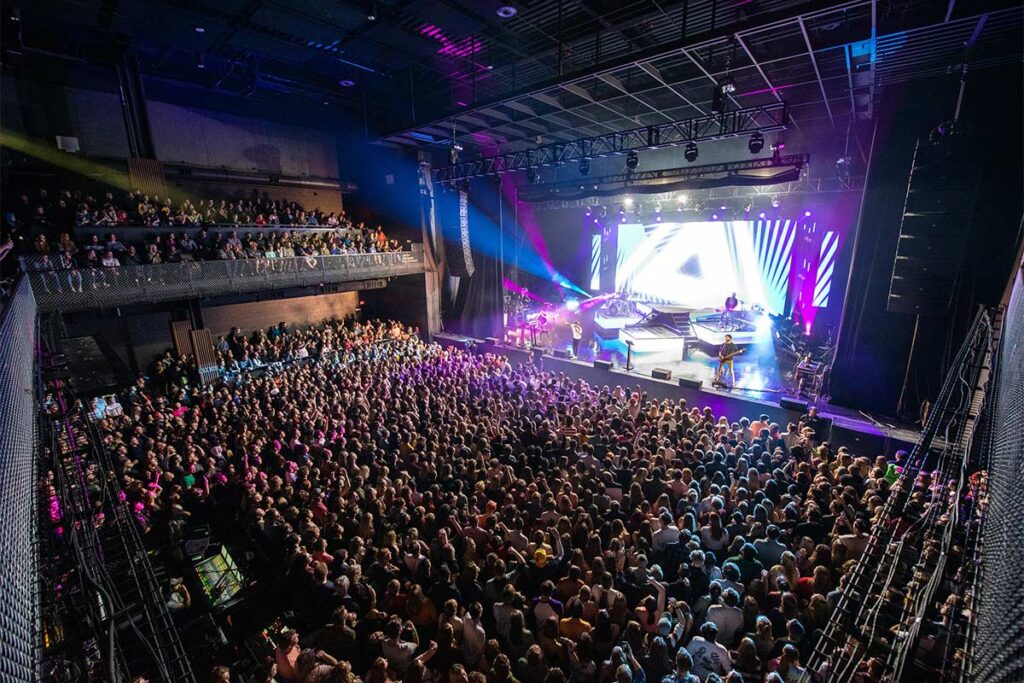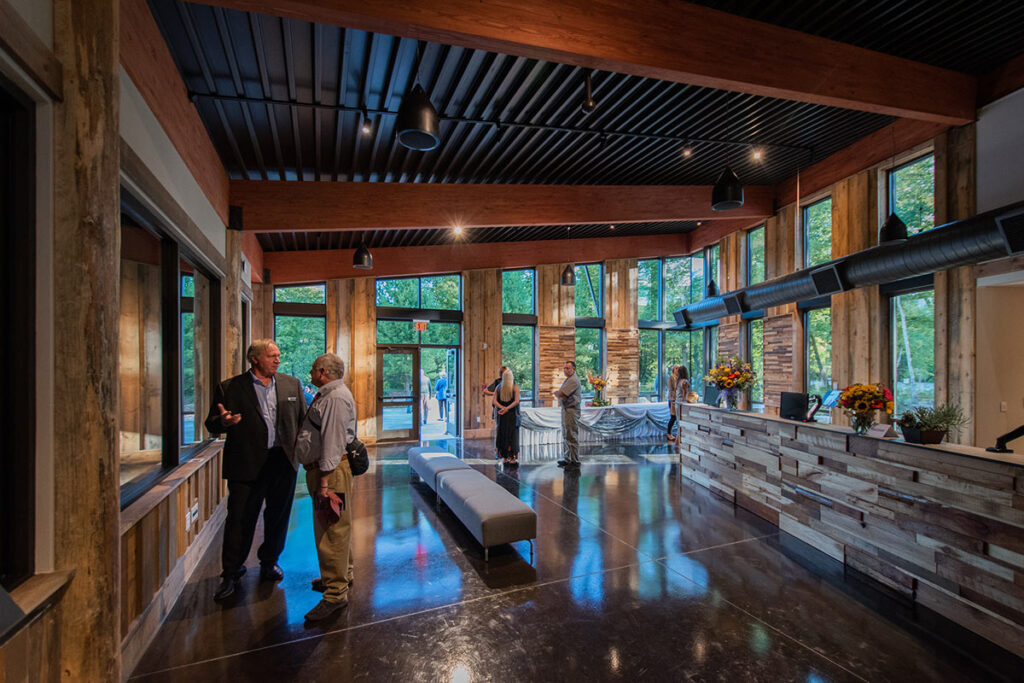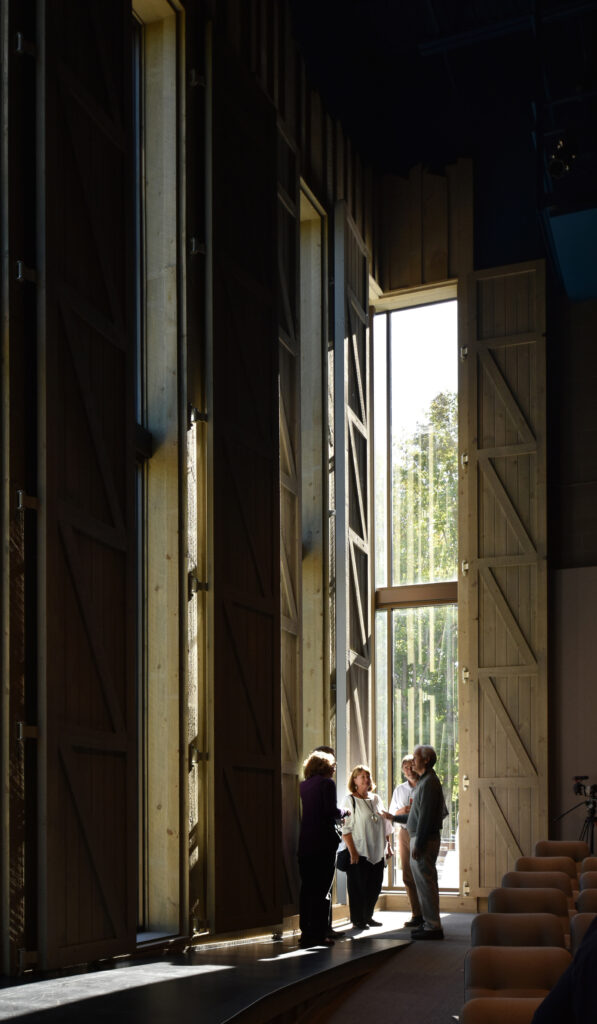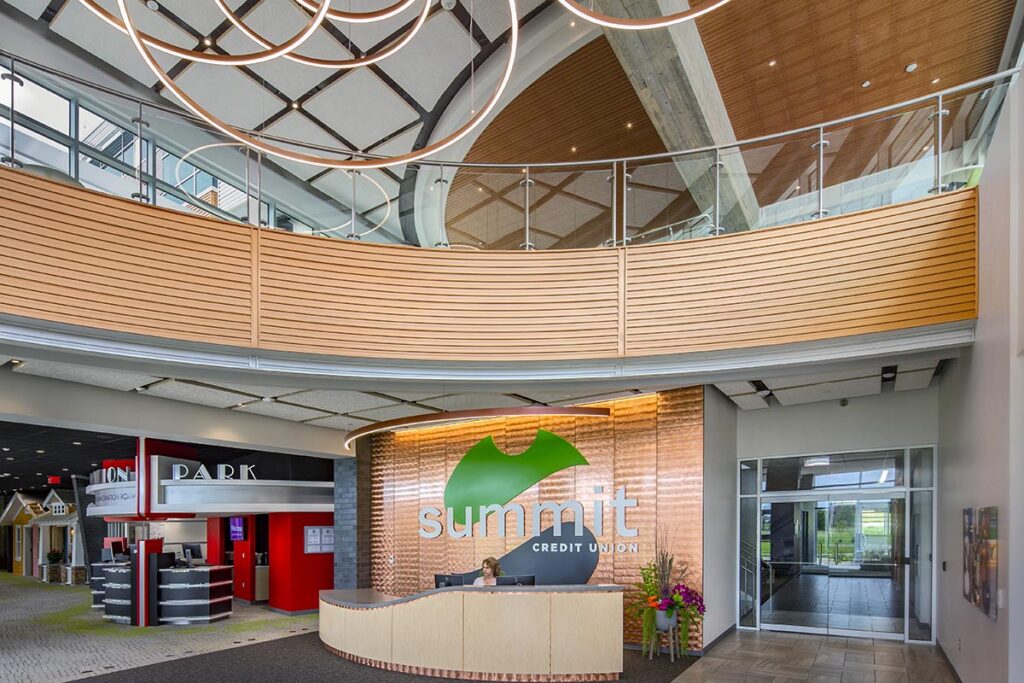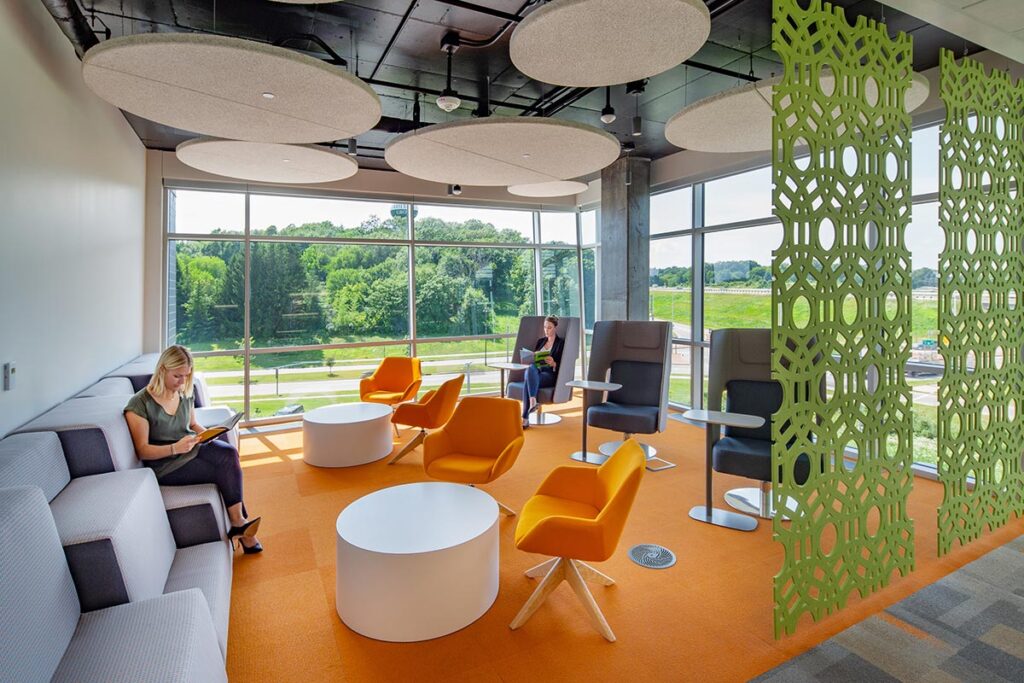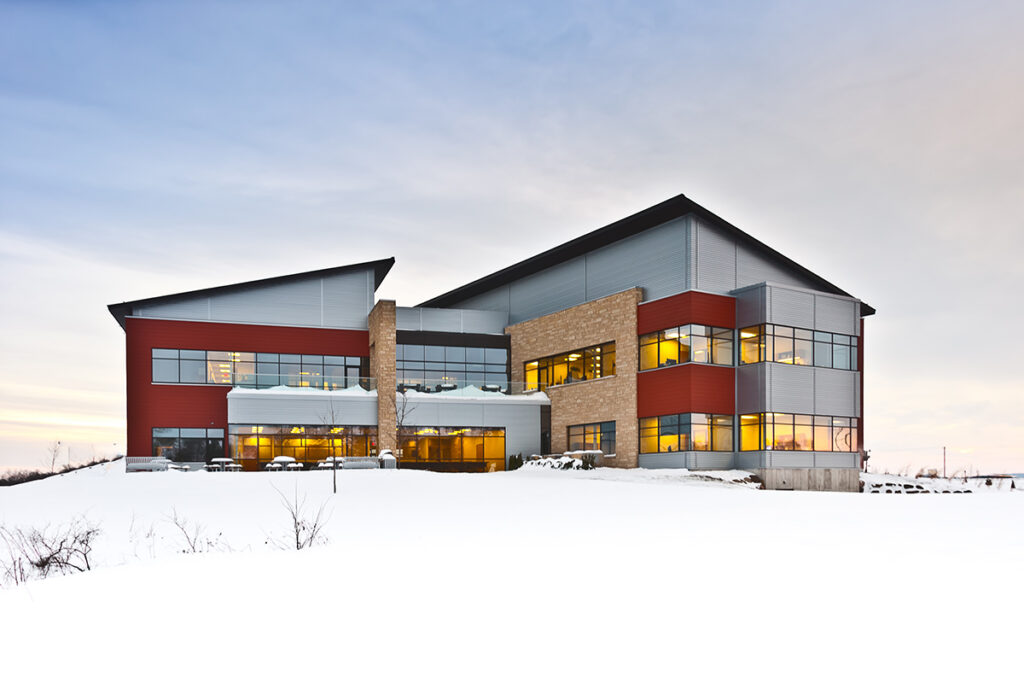Awards
Best of Madison 2020 Readers Poll by Madison Magazine
Best Live Music Venue and Best Performance Venue
2020
InBusiness Commercial Design Awards
2019
American Society of Interior Design (ASID)
Silver Design Excellence Award for Contract – Entertainment/ Recreation
2019
InBusiness Commercial Design Awards
2018
OBJECTIVE:
World-Class Music
The Sylvee is owned by Frank Productions, a family business, and a cornerstone of the Madison community for more than 50 years. Strang designers worked closely with the family to assure The Sylvee accurately reflects the legacy of Herb and Sylvia Frank. The venue, which resides in the Gebhardt Building, is a 40,000-SF 2,500-person music hall designed to meet the strong and lasting demand for world-class live music in Madison by attracting the nation’s biggest acts.
SOLUTION:
Creating Exceptional Experiences
Designed for music from the ground-up, this theater has the amenities and robust, state-of-the-art infrastructure of a world-class live music venue. The open three-story space ensures that no patron is more than 85 feet from the stage and maximizes sight lines no matter where one is standing.
In order to attract the biggest acts to Madison, the design team placed a significant focus on creating the most positive experience for the artists and their crews through strategic space planning. The loading dock and stage are immediately adjacent to each other, and the straight shot facilitates easy set-up and tear-down. The lighting grid above the stage can support over 100,000lbs, easily accommodating even the most elaborate lighting trusses, which is unique for a theater of this size. Similarly, for the artists themselves, the green room and dressing rooms are immediately accessible from the loading dock.
Planning for convenience was not limited to the back-of-house. The main public entrance to the theater is located on the opposite side of the building from the stairs and restrooms, in order to encourage people to disperse upon entry rather than congregating immediately inside the doors. The venue can also be pre-loaded before the doors are officially open thanks to an integrated curtain that allows patrons to enter the venue and access merchandise, coat check, the bar, and restrooms.


